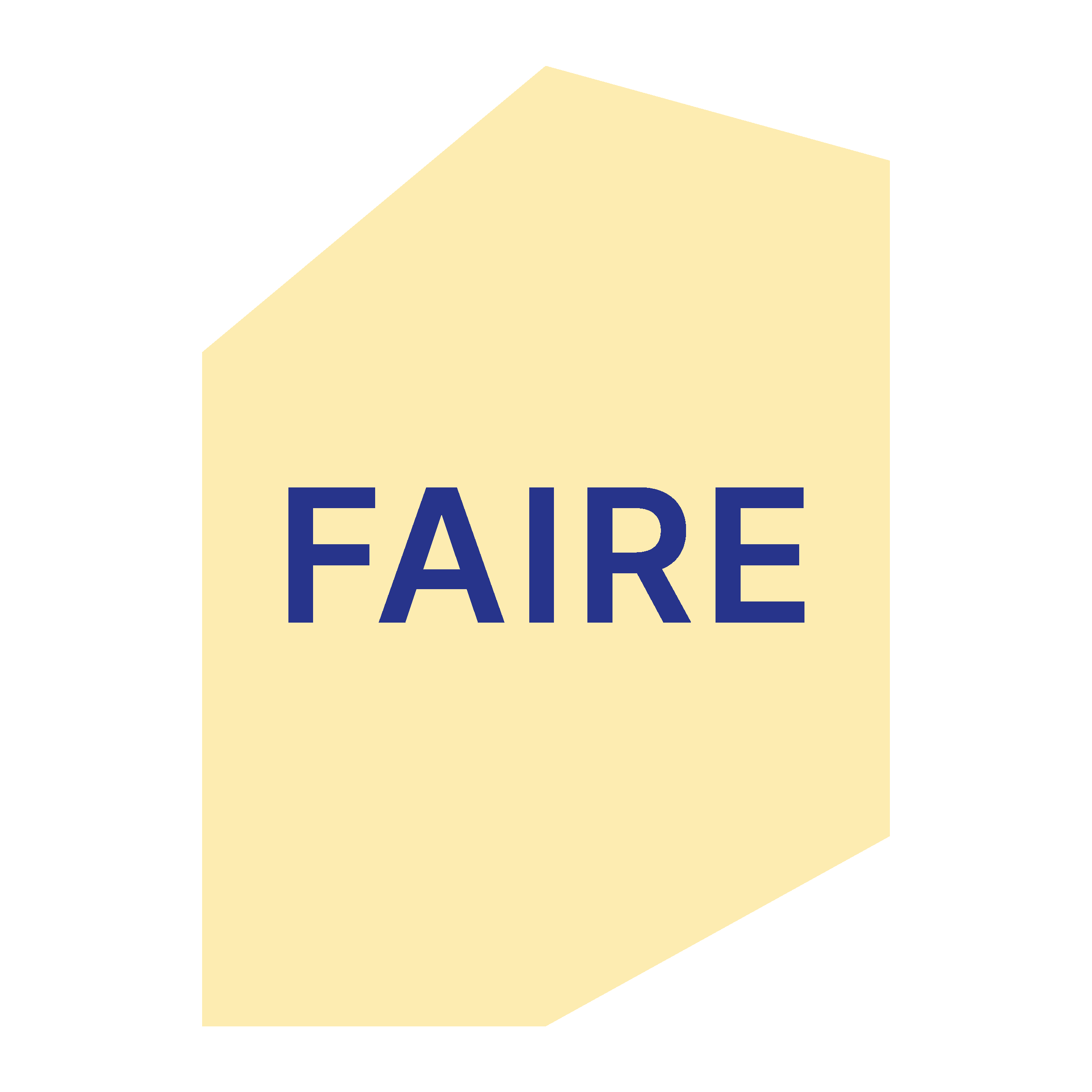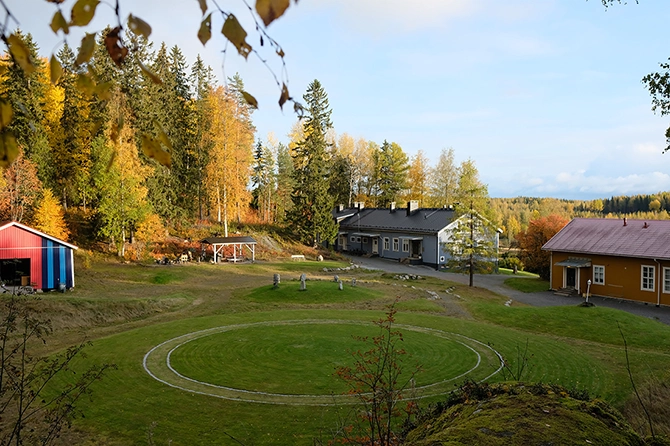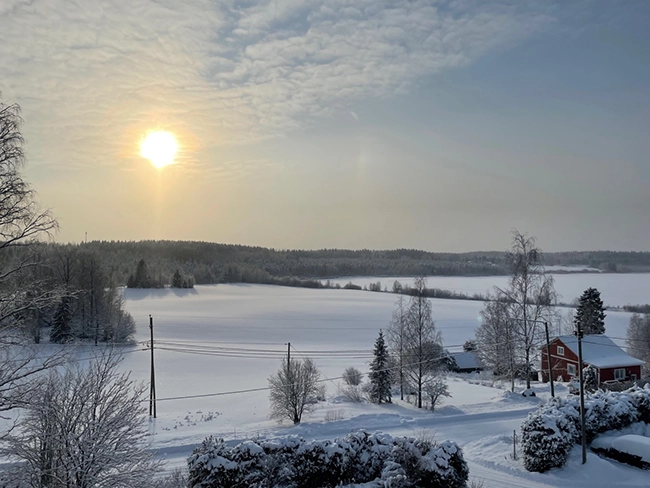27.6.2022
Interview: Vilma Pimenoff
Images: Teemu Räsänen
The article is part of a series of interviews which presents various Finnish residency providers and examines the role of residencies in the field of art and in the society.
Situated in Hämeenkyrö, Pirkanmaa, Arteles creative residency center offers thematic residencies for artists. Arteles aims to be a multidisciplinary residency, and the resident artists are chosen so that the scope of artists and their mediums is diverse. Teemu Räsänen, one of the founding members and the director of the residency center, says it is important to have artists of different ages working at the residency side by side. This paves the way for learning from one another, about different ways of being and different ways of making art. Diversity in mediums also supports the possibility of exchange and collaboration between artists. As the dynamics between the residents is important, Arteles favors individual artists instead of groups of artists who already know each other. There are 12 artists at the residency at a time, plus one or two alumni residents as programme support.
Räsänen, who has also worked long periods abroad, says that the residency activities in Hämeenkyrö started in 2010 and the idea of a thematic residency developed soon after. He questioned what else a residency could offer apart from space and time, and whether there were other ways to further support an individual’s development and creative process? The thematic residency was born as an answer to these questions and encourages dialogue between the artists.
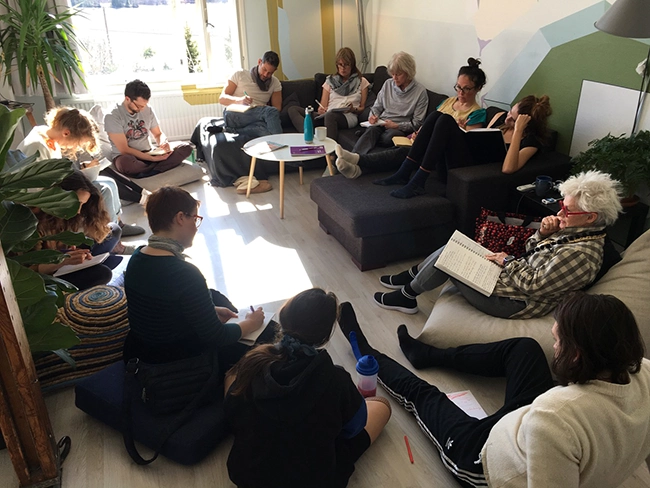
Certain ideas are continually discussed as the residency continues to evolve, including different processes and ways of working, and how the immediate environment and living conditions affect creative work. Questions such as: How do different life situations and creative work go together? Where does the money come from for the artist? What is a good daily routine that supports creative work? Ecology, the environment, and feminism are other topics that have been much discussed in recent years, considering what kind of values people have and how they manifest?
Another important subject is the well-being of individuals. Räsänen says: “When well-being is being discussed, it can lead deeper beyond the surface, and unites people in a completely different way”. The literature available at Arteles library supports this, where instead of art books, one can find more books about well-being and the creative process.
Asked about the meaningfulness of art produced at the residency Räsänen says: “I don’t consider art meaningful in itself, but the creativity behind it is meaningful. It is more important to concentrate on being creative and only after that you can contemplate whether you want to call it art or not. Context is often the determining factor that makes something be considered as art. The context of representation, the branding of the artist’s identity and ways of performing artist hood and art itself are all very reasonable. From the point of the spectator, why is one thing considered to be art and another not — what are the factors that bring forth the subjective notion of art?”.
Räsänen discusses how in art school one often learns to make art in a particular way. Performance, installation, painting, and other categories define art by the medium. In addition, one must be aware of art history, of all that has been done before. This is partly contradictory to creative art-making, because art history creates the idea of what art is, and this for its part leads to a situation where what is produced is increasingly art that looks like art. ”What if one could just confront the artwork and experience it without the awareness of the definition of what is art?” Räsänen asks.
For Räsänen, creative art-making means unrestricted free action that doesn’t have to look like a certain kind of art, doesn’t have to be made in any specific way, and doesn’t have to be displayed in any specific environment. Räsänen mentions a project from a few years ago, where Arteles resident artists organized an ‘art-pizza taxi’. The idea was to to bring art to local people, so instruments and utensils were packed into the residency car and driven to the homes and workplaces of those people who ordered an art delivery. The experiment resulted in fun and surprising encounters.
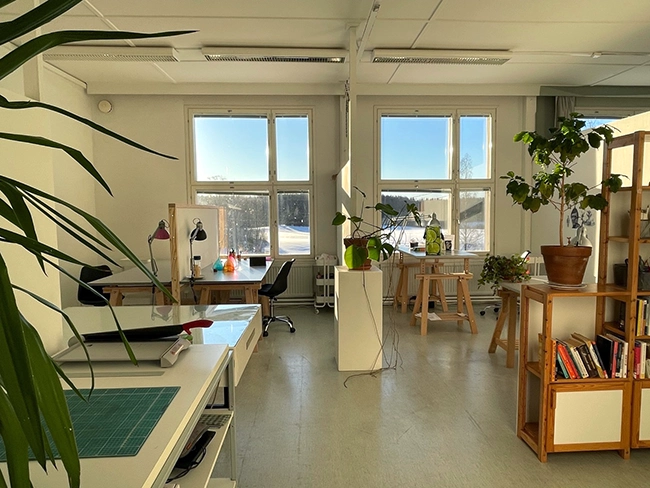
The residency has a participation fee, which Räsänen clarifies exists because Arteles aims to be self-sufficient to a certain extent in order to be able to operate independently when it comes to questions around culture policy and to growing and developing its operation. ”The activity cannot be sustainable if one is continually fully dependent on the result of the following year’s funding application. The ideal situation would be that we wouldn’t have to charge anyone coming to the residency, but we are not yet at that point.”
However, Arteles offers a subsidized participation fee for those coming from countries of lower income.
Arteles also collaborates with other art institutions. Events led by the residents have been organized at Pori Art Museum, and over the years Arteles has also worked with Tampere Art Museum as well as Kiasma Museum.
More information: Arteles
